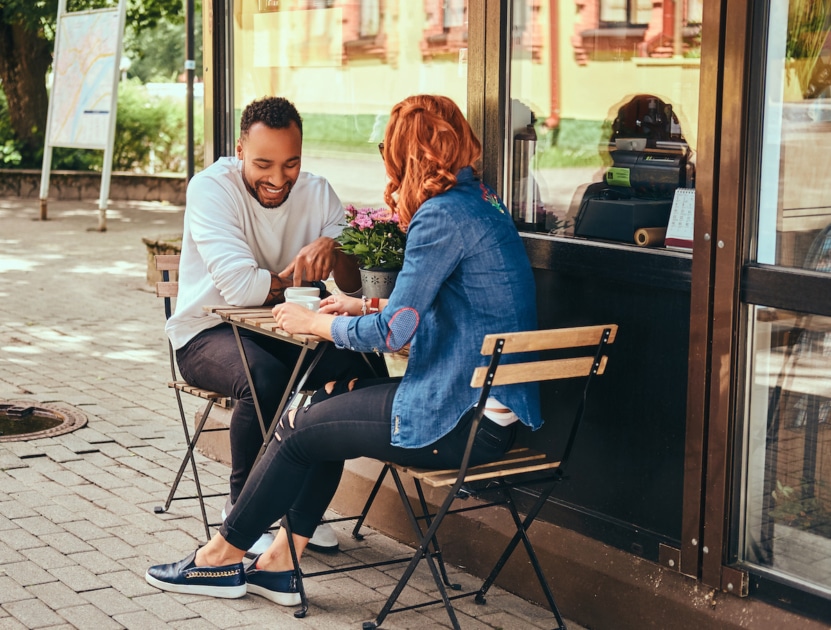For most Americans, home coffee brewing is limited to some variation on the automatic drip coffeemaker. Ground coffee goes in a paper filter lined basket, water gets poured into a reservoir, and makes its way through the grounds once, and the brewed coffee sits in a glass carafe on an electric warming plate. And while single-cup coffee makers are convenient, many are concerned with the plastic pods clogging landfills.
But coffee can be brewed in a myriad of ways. Why not try one of these for National Coffee Day?
French Press
French Press aficionados say there is no better way to enjoy a cup of joe. With a French press, 200º F water is poured into a glass or stainless steel beaker containing the ground coffee, and after four to six minutes of brewing, a plunger with a filter at the end is pushed down to separate the grounds from the coffee. It produces a rich cup of coffee, but since there’s no warming plate, after pouring your first cup you may have to transfer what’s left into a thermal carafe so it will stay hot.
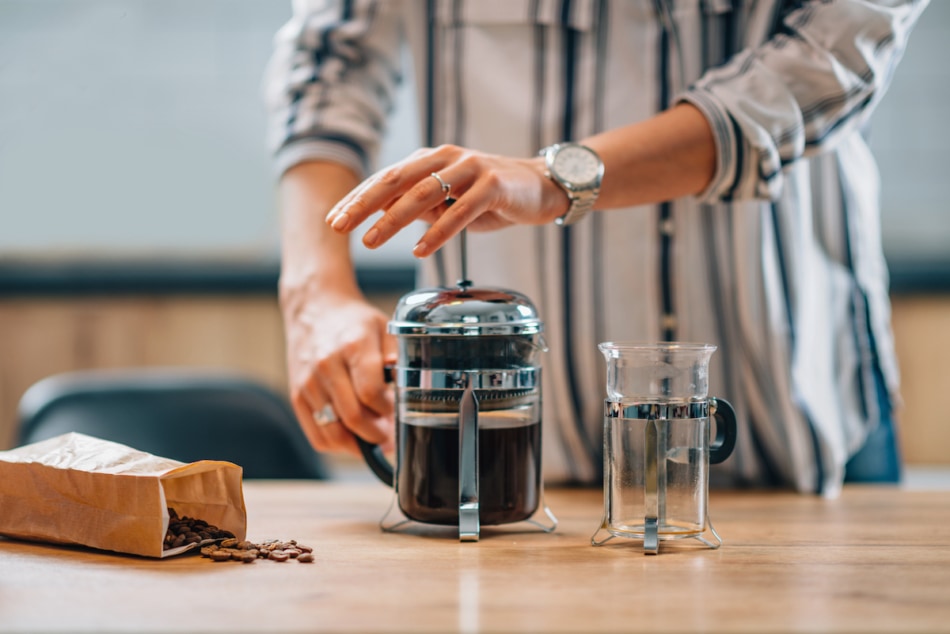
Pour Over/Dripper Method
If you enjoy a single cup brew, this is your method. The pour over technique uses a coffee dripper, which is basically a fancy funnel. You can purchase a plastic or ceramic dripper in a small single-mug size or a larger size that allows you to brew a whole pot of coffee. Place a paper filter (usually a #2 filter) in the dripper, add about 2 tablespoons of ground coffee per cup (more or less depending on your taste), and pour hot water that you heated on the stove or in an electric kettle, and watch it slowly drain through the filter and become fresh coffee in your mug or carafe.
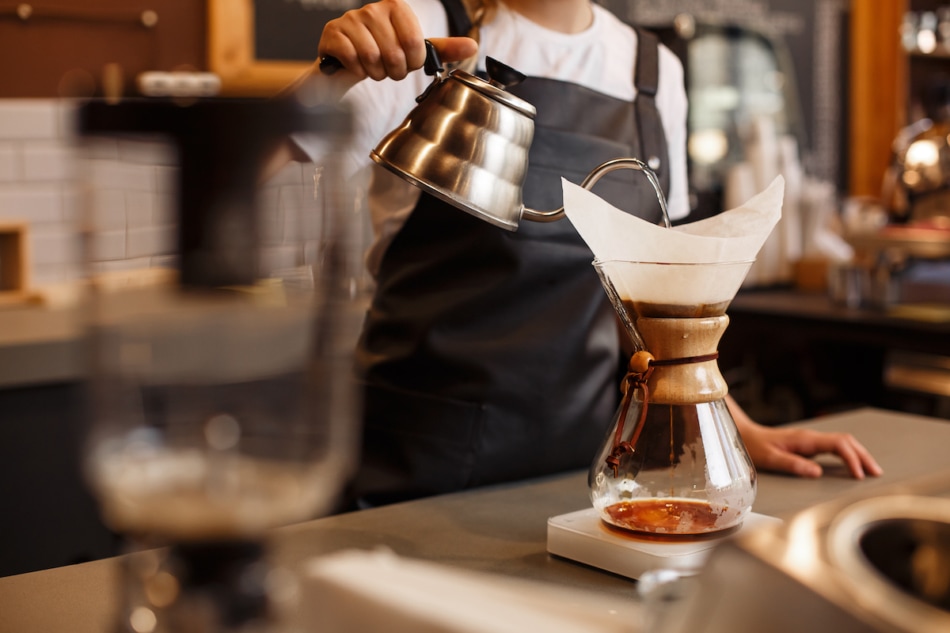
Turkish Coffee
If you like your brew strong and in small quantities, try making Turkish coffee. A Turkish ibrik (cezve) is one of the earliest brewing devices still in use today. It is a small pot with a long handle used to brew Middle Eastern-style Turkish or Greek coffees. While originally designed to be heated in desert sands, today it is generally heated over hot coals or on a stovetop. Finely-ground, powder-like coffee is boiled in the ibrik and the coffee is served in small demitasse cups, black, with sugar. The grounds settle to the bottom of each cup.
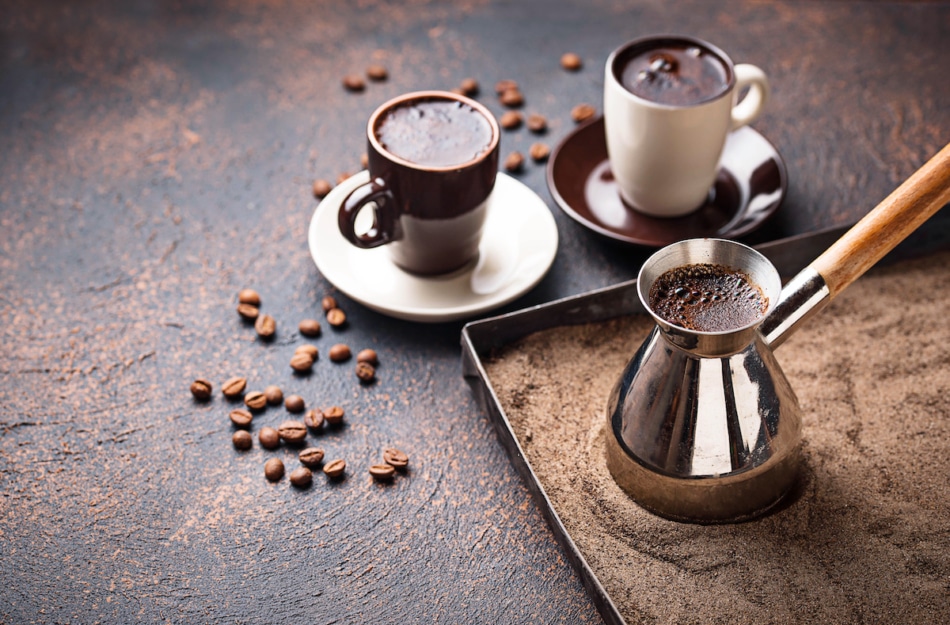
Dutch Coffee Concentrate /Cold Brew Method
This method can be used to make homemade “instant” coffee and is gentler on your stomach as it’s a lower-acid way to enjoy your brew. Just mix coffee and room temperature water in a glass jar and let soak for 12 to 24 hours according to what strength you prefer. Next, use cheesecloth, or fine-mesh sieve to line a funnel and set the funnel inside another glass jar. Pour coffee and water mixture through the funnel and let it drain completely. Cover the mixture and refrigerate. To make a cup of coffee, put boiling water into a cup and stir in 1 to 1 1/2 tablespoons of the mixture.
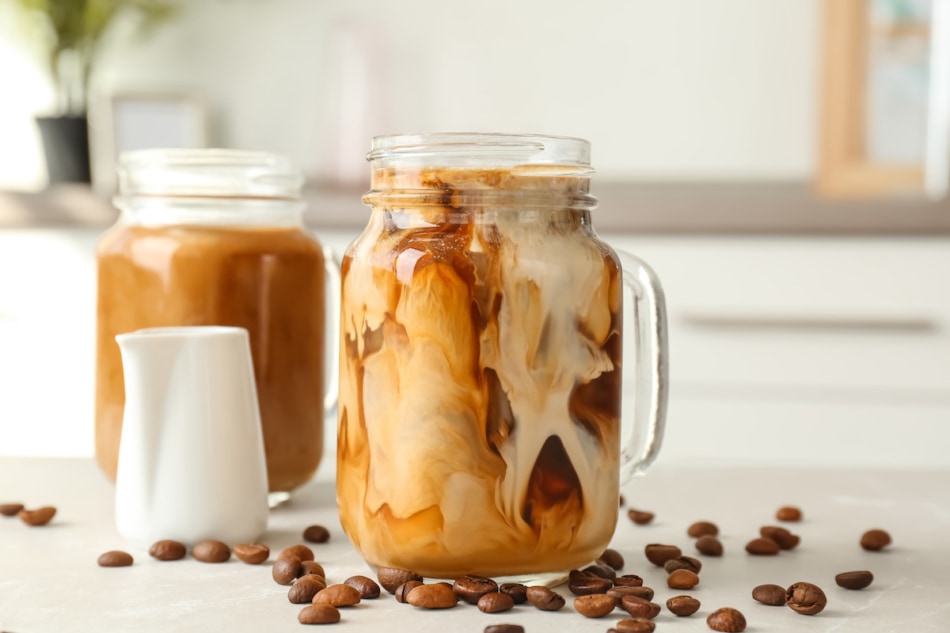
Percolator
If you are too young to have ever had a percolator yourself, you may remember seeing June Clever make Ward’s coffee with one. In this method, water is boiled in the pot, forced up a metal stem into a filter basket containing coffee grounds and then it drips back into the bottom section of the percolator, circulating until the correct strength is reached. A non-electric percolator is great for camping or when the power goes out because you can use it over a gas burner or campfire. Electric percolators were the preferred brewing method of American housewives in the 1950s and ’60s.
Long before the invention of the percolator, cowboys and settlers in 19th century America were preparing coffee by boiling the water, then waiting for the grounds to settle at the bottom of the pot. Another common pioneer method was to place the grounds in a sock or other cloth sack before placing them in hot water to steep.
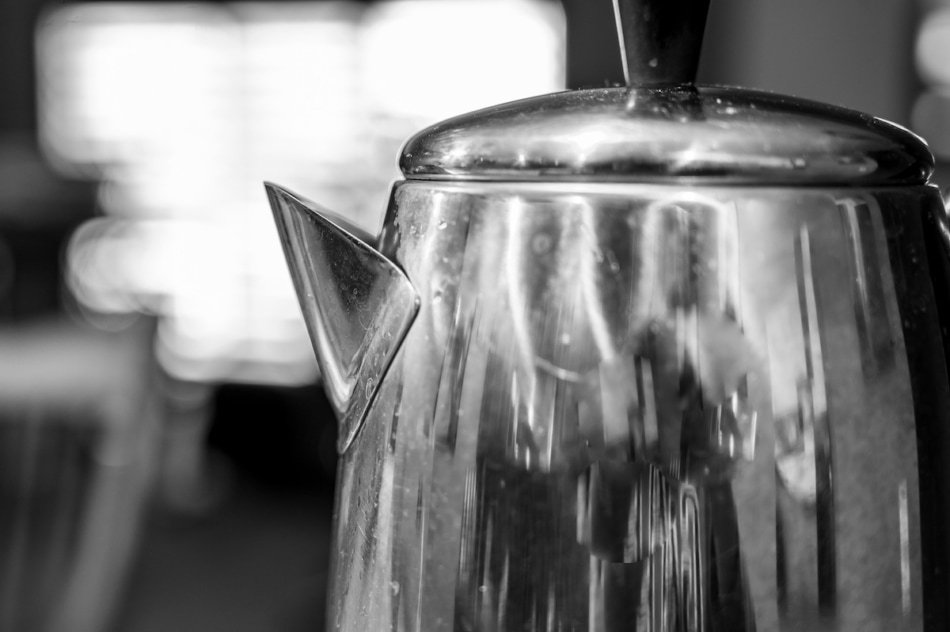
Vacuum Pot Brewing
This method experienced its heyday in the United States during the 1920s and ’30s. It’s a visually interesting way to make coffee if you want to impress guests. A vacuum pot consists of two detachable glass globes. Water is brought to a boil in the lower of two glass globes. Steam forces the hot water into the upper globe through a glass tube where there are coffee grounds. After steeping for a few minutes, the pot is removed from heat, as the temperature drops in the bottom globe a vacuum forms, the coffee is then sucked back into the lower globe through a screen, the lower globe is removable to pour.
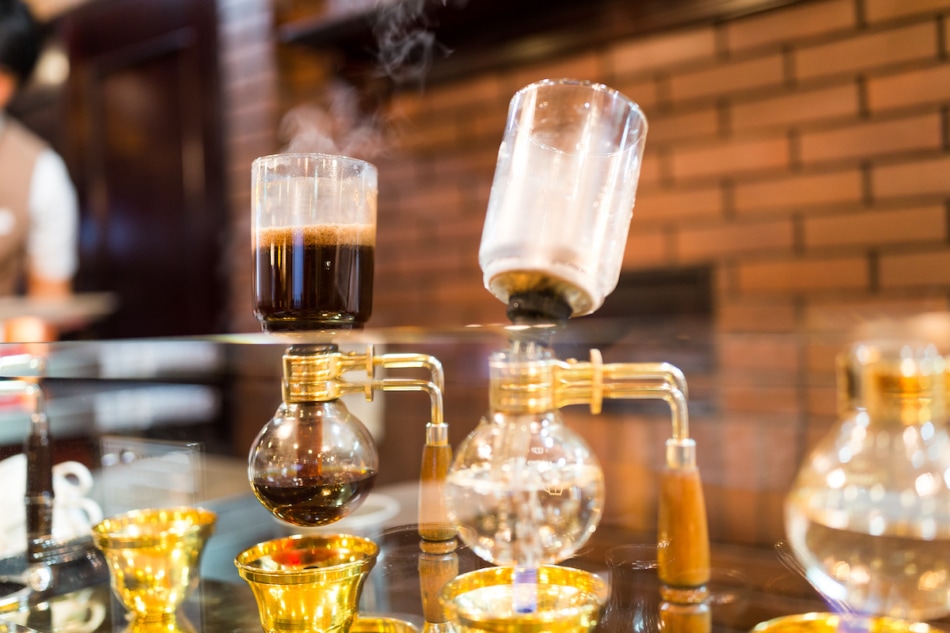
Moka Pot
For the occasional espresso drinker, a moka pot is great for stove-top espresso brewing. The moka pot has two chambers: a bottom chamber for water and an upper chamber into which the coffee brews. Heat forces the water in the lower chamber up through a filter in the middle of the pot containing the ground coffee. The espresso gurgles up into the upper chamber, from where it is served.
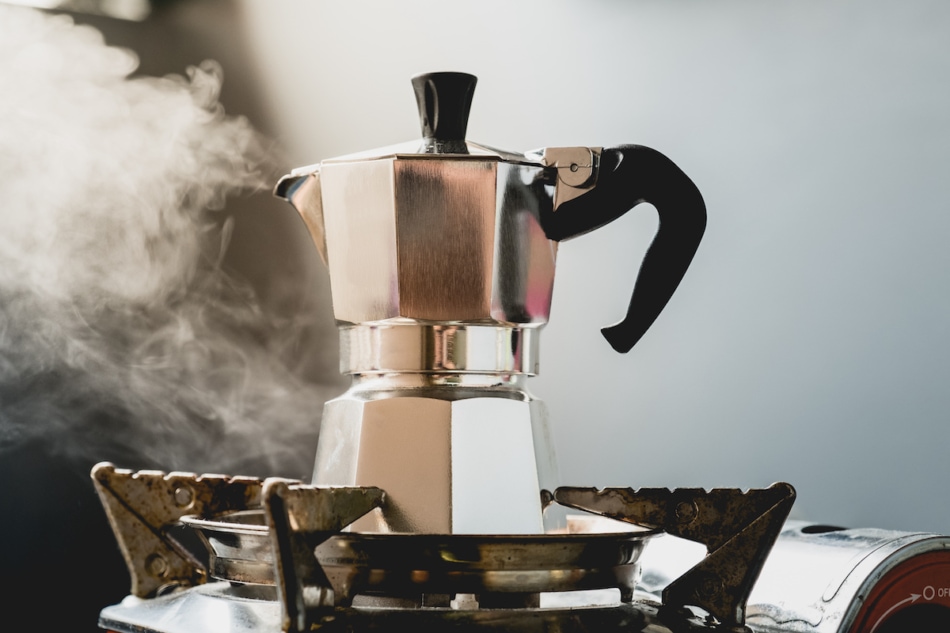
Which way do you prefer to brew your coffee? Tell us in the comments below.

